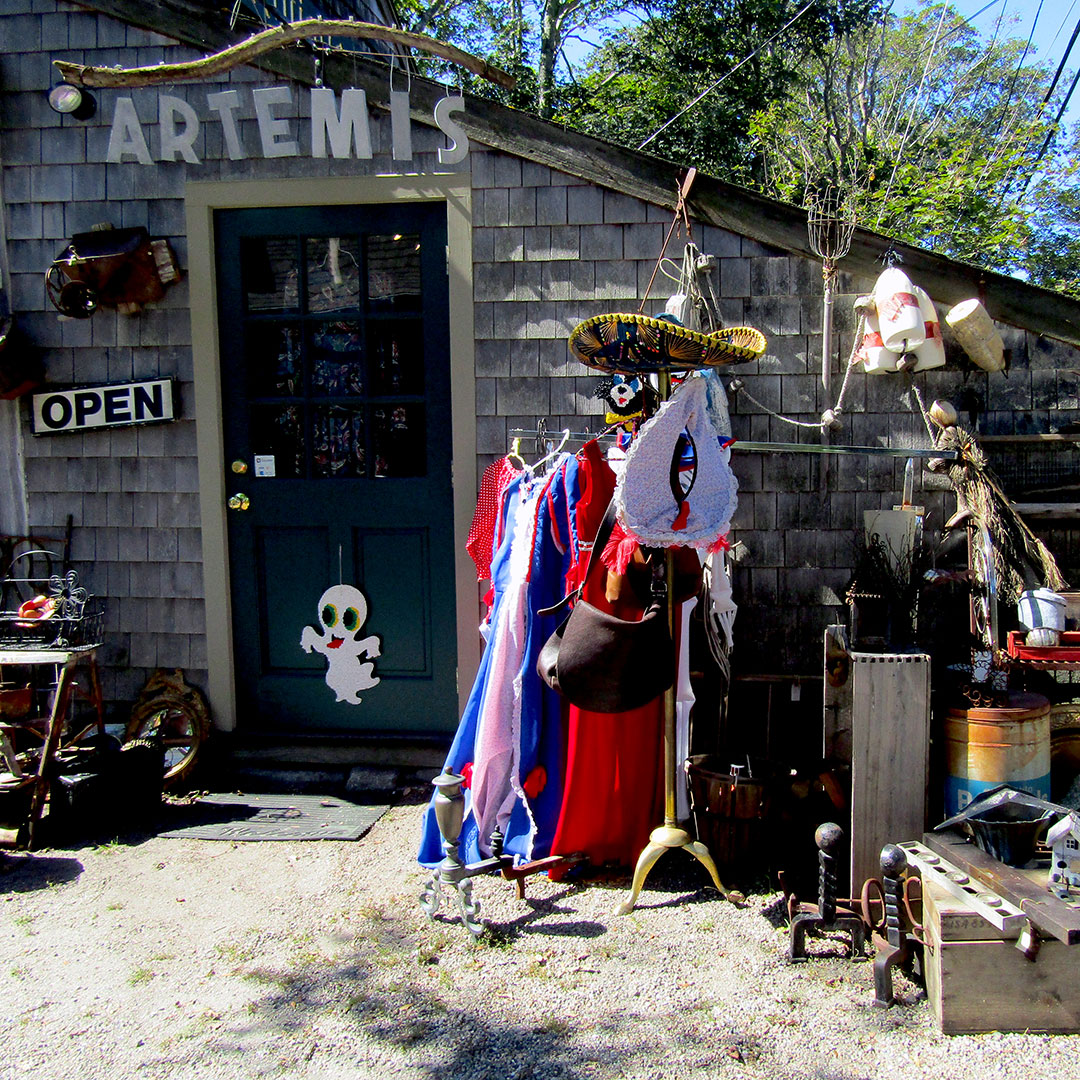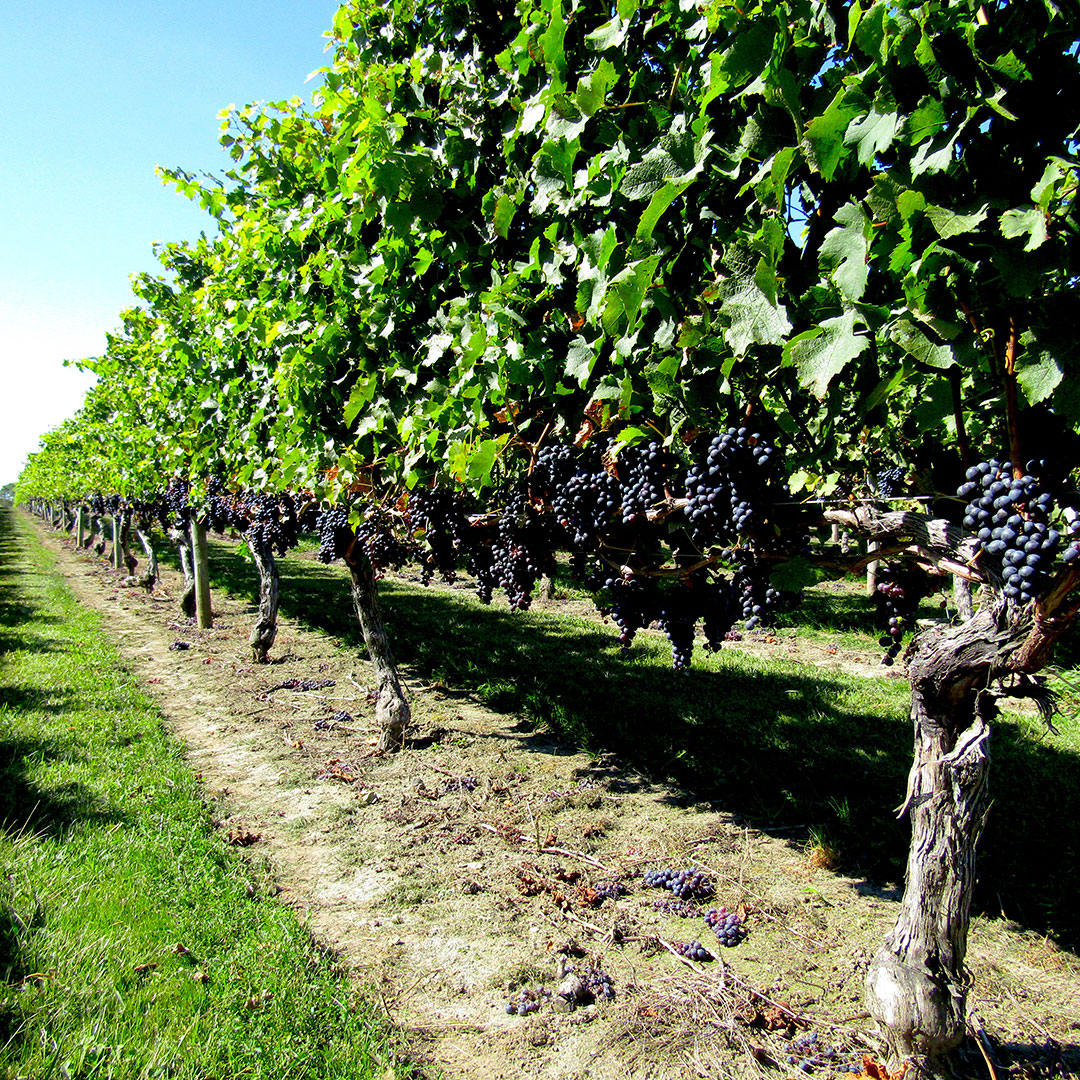Exploring Rhode Island’s Sakonnet Peninsula
Originally named Pocasset by the Seaconnet Native Americans who lived here before selling the land to the Plymouth Colony in 1680, Tiverton and Little Compton (to the south) make up the Sakonnet Peninsula. It is not a true peninsula, since it shares a land border with Massachusetts to the east, but the area is nevertheless physically cut off from the rest of Rhode Island except by way of the Sakonnet Bridge (Route 24/138).
Sakonnet is a quiet and picturesque corner of Rhode Island; both Tiverton and Little Compton are small and pastoral, with acres of flat farmland surrounded by trim stone walls and gray-shingled farmhouses. After exploring them both, it’s interesting to consider that these two towns have a land area considerably larger than either Aquidneck Island (home to Newport, Portsmouth, and Middletown) or the East Bay towns of Barrington, Bristol, and Warren. Suburbia has been slowly creeping into both towns, especially the northern reaches of Tiverton, but the two communities still remain pleasingly rural. Little Compton has a large and close-knit summer community, many of the families having been regulars for generations. There are no miniature golf courses or amusements, however, just a handful of informal eateries, a yacht club, and a smattering of beach houses, most of them down quiet dirt lanes out of the public eye. Tourism isn’t discouraged in these parts, but you won’t find many places to stay or things to do, and that’s just the way the locals and many visitors like it.

Tiverton
Although Plymouth settlers bought the land that is now Tiverton in 1680, the town wasn’t incorporated until 1694. No provisions for a church or school were made until 1746, shortly before the area, along with its East Bay neighbors to the north, were transferred to the Rhode Island colony.
During the Revolutionary War, however, the town’s high bluffs overlooking the Sakonnet River and Aquidneck Island had tremendous strategic importance. From the town’s shores, the Continental Army launched several raids on the British, who had settled comfortably in Newport and elsewhere on Aquidneck Island. Aside from the war, for its first 300 years Tiverton maintained a mostly agricultural existence, with a smaller but still significant fishing industry.
Attractions are few, but shoppers will want to congregate around Historic Tiverton Four Corners, a village of mostly 18th-century houses full of boutiques, galleries, and cafés. It’s at the junction of Routes 77 and 179, a few miles south of Route 24, the main road through the peninsula. Beachcombers should wander along Grinnell’s Beach (Rte. 77), a narrow spit of sand where an old stone bridge used to cross the Sakonnet River before the towering Sakonnet Bridge replaced it. It’s a scenic place to admire the river.
Little Compton
Once the domain of the Seaconnet Native Americans, who were ruled in the late 1680s by a female chieftain named Awashonks, Little Compton holds a special place in the hearts of Rhode Islanders, many of whom have dear memories of summer bike rides, country drives, and campfires on the beach. The town’s history as a summer resort predates even the Civil War, making it one of New England’s oldest retreats. Like Tiverton, it has also drawn heavily on fishing and agriculture to support itself. You can reach it most easily and scenically by driving south from Tiverton either on Route 77, on the west side of town, or Route 81, on the east side.
As you explore the west side of Little Compton by car or by bike, you can enjoy great views of the Sakonnet River and the many historic homes along Route 77. On your left, not long after crossing from Tiverton into Little Compton, you’ll reach the Wilbor House (Rte. 77, 401/635-4035, tours 2pm-5pm Wed.-Sun. mid-June-mid-Sept., free), a lovely old clapboard farmhouse with several restored outbuildings. Parts of the house date to the 1690s, but it has been added onto several times through the centuries. You can also picnic on the grounds.

Carolyn’s Sakonnet Vineyard
Still farther south along Route 77, Carolyn’s Sakonnet Vineyards (162 W. Main St., Rte. 77, Little Compton, 800/919-4637, 10am-6pm Sun.-Wed. 10am-8pm Thurs.-Sat.) has transcended New England’s reputation for lackluster grapes to produce some exceptionally fine wines. Back when wine was a mostly West Coast phenomenon, Susan and Earl Samson rolled the dice in Rhode Island, where they surmised the cool microclimate could support vines similar to those in France’s Loire Valley. Founded in 1975, the vineyard has since been a smashing success—one of the first in New England and still among the best. Acres of grapevines produce several wines from the winery’s signature vidal blanc grape, a French-American hybrid with floral aromas and fresh acidity. Also notable is the aromatic gewürztraminer. Sakonnet produces about 30,000 cases of wine each year, proving that it’s far more than a boutique winery. Along with over 50 acres of scenic vineyards, the winery features tours, tastings, and an outdoor café with a menu specially created for pairings. In 2012, jewelry manufacturing magnate Carolyn Rafaelian (founder of Alex and Ani) purchased the vineyard and sullied some of its charm by tacking her first name onto the title. Fortunately, no amount of hubris can spoil the vineyard’s exceptional beauty, The tasting room and expansive front lawn seating area here overlook the vineyard and the Sakonnet River just beyond.
Goosewing Beach and Nature Preserve
The 75-acre Goosewing Beach and Nature Preserve (also called South Shore Beach) (125 South Shore Rd., 401/331-7110) is an historic landmark and a favorite spot among Rhode Islanders who appreciate its out-of-the-way location and its relative lack of tourists, beach traffic, or commercial enterprise. Purchased by the Nature Conservancy in 1989 in an effort to preserve the endangered populations of Piping Plover and Least Terns that nest here, the beach has since opened the doors of a small environmental education center (accessible by crossing over the beach from the parking lot) offering seasonal nature walks and events. This spectacular expanse of sandy barrier beach narrowly divides the sea from a series of pristine coastal ponds. There are limited camping spots available, on-duty lifeguards, and restrooms during daytime hours, and, unlike many of Rhode Island’s state beaches, campfires are permitted on the shore. Goosewing is also a favorite surf spot with locals; it’s a nice sandy beach break with minimal rocks. There’s a parking fee of $12 a day during the week and $15 per day on weekends Memorial Day-Labor Day; at other times it’s free.
The Sakonnet Peninsula has a number of attractive beaches with considerably smaller crowds than those in nearby Newport. Grinnell’s Beach (Main Rd. at Old Stone Bridge) is a sandy crescent at the head of the Sakonnet River and is popular with surf fishers; it has a lifeguard, changing rooms, and restrooms.